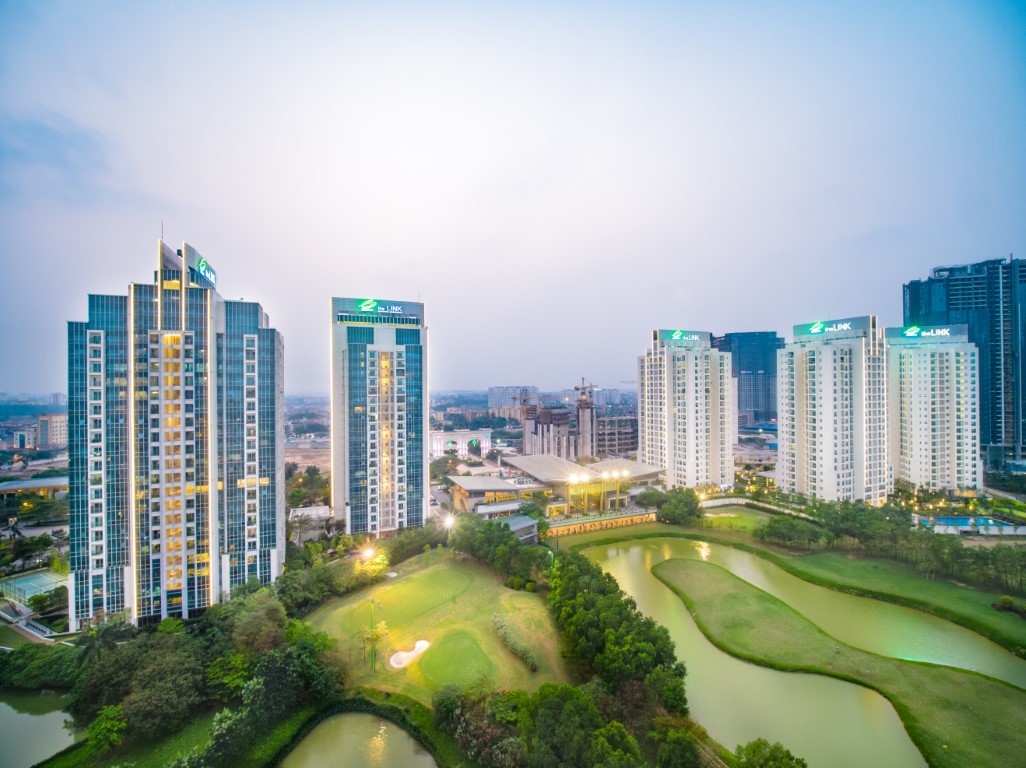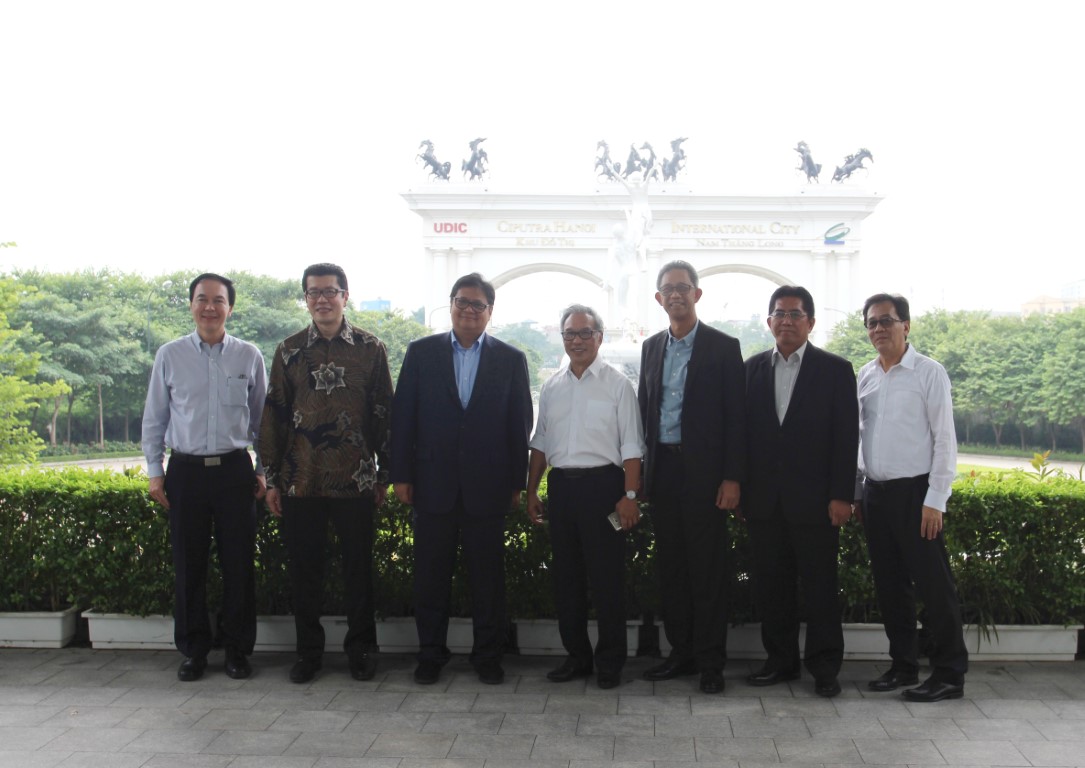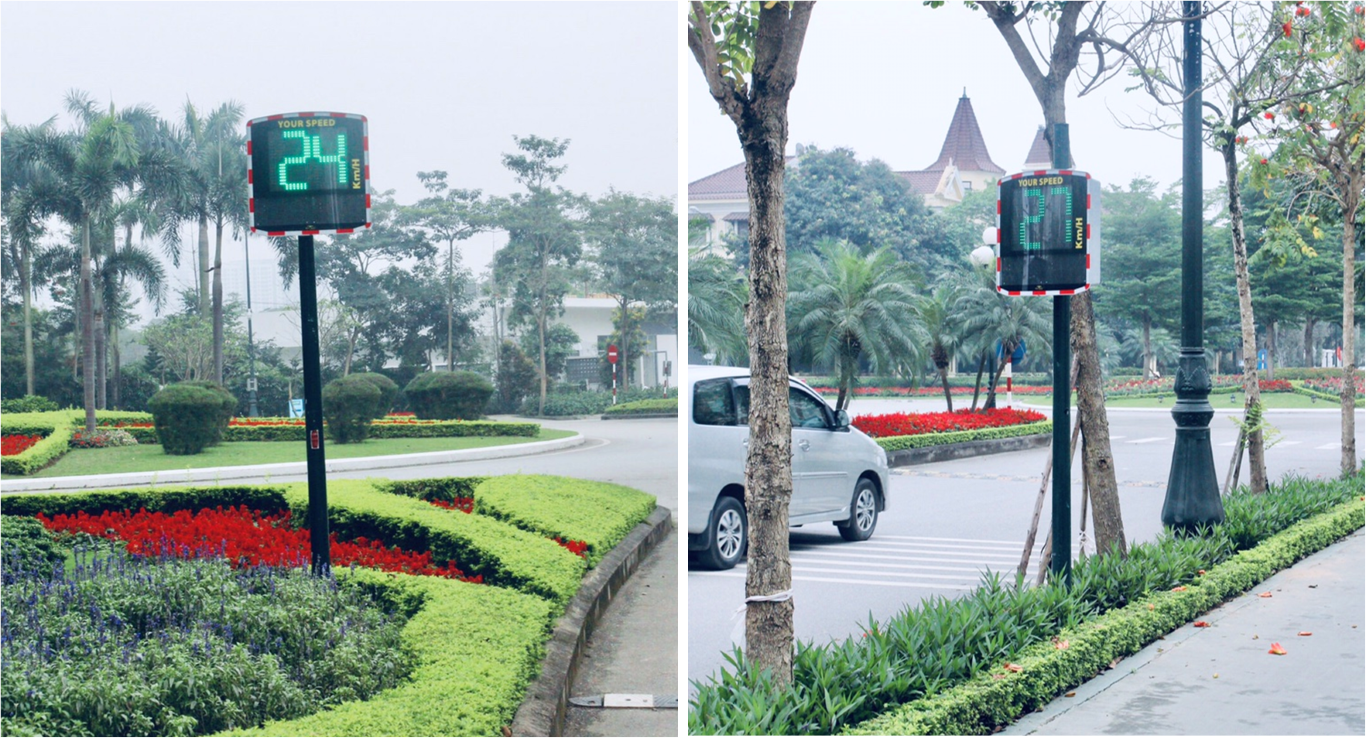16/05/2018
Is the eco-real estate in Hanoi under the greenery standard?
Following the trend in the world, real estate projects in Hanoi are racing for eco-labeling. Whether these urban areas are truly under greenery standard?
Serious lack of trees
The rapidly increasing of urbanization makes Vietnam face difficulties of urban development in harmonization with living environment and sustainable living. The downside of rapid urban development is the threat to the environment. Since 2011, the construction of eco-urban areas has become the focus of Vietnam. Many eco-urban areas expected to be environmentally friendly will spring up in the future.
As defined by the Urban Ecology Australia, an eco-city is a city that guarantees balance with nature. According to the World Health Organization, eco-cities must ensure four principles such as: less intrusive to the natural environment, diversification of land use, urban functions and human activity. Along with the eco-projects, it is the establishment of luxury apartments. Referring to the high-end apartment project, many people often think of location, design and accompanied utilities. However, in fact, the green space density of the project is an important factor in attracting people with well-economic conditions and with desire to live a truly green standard life.
In countries around the world, the green space in the city is quite large. The standard density is 20-30 m2 of tree/person. However, in large cities in Vietnam, this rate is very low. According to factual surveys in urban areas called “garden in the middle of the street”, green urban areas show that the number of trees is quite limited. Trees are sparsely arranged and intermingled with cramped apartment buildings. Square ratio of trees/person is very low in comparison with the world standard.
How do the world’s green urban areas look like?
For Vietnam, eco-urban area is quite new, but in many countries in the region, this model has been implemented for a long time. The concept of eco-urban was introduced in the world in the late 1980s; and in the early 1990s in developed countries, they referred to the urban environmentquality with very specific objectives with the aim of improving living standards and life quality for residents.
In the world, some countries have successfully built green cities and eco-cities, such as: Curitiba (Brazil), Qingdao, North China (China), Singapore, Stockholm (Sweden), Freiburg (Germany), Alexandria, Virginia (USA) and ect.
Japan has well-known eco-cities such as Kawasaki and Kitakyushu and these cities are attempting to become global eco-capitals. The Chinese Government has invested in the city of DongTan (Shanghai) from the abandoned marshland, located in Chongminh, to become the world’s first CO2-free eco-city. Meanwhile, Singapore also owns the Tianjin Sino eco-city.
Expected to be completed and put into operation in 2020, the Tianjin eco-city will be one of the most sustainable real-life communities with the area of 30 km2 and equipped with the most modern energy-saving technologies. This city will have an advanced light rail system and diverse ecological landscapes from a solar space for energy from the sun to atree-filled earth space for the community estimated at 350,000 residents. This city will be divided into seven distinct areas namely: living space, ecological valley, solar space, urban space, wind space, earth space and ecological corridor.
New lifestyle for the environment
Eco-city is an attractive paradise in which every resident wants to live. Understanding above demand and trend, Ciputra Hanoi has invested in building eco-culture in 2012. At this time, when “friendly with the environment” initially became the searching keyword in the Vietnamese’s housing selection criterion, Mr. Budiarsa Sastrawinata, General Director of Nam Thang Long Urban Area, formally launched the Eco-culture with the aim of building a sense of community for environmental protection and people’s health improvement from taking care of living environment in urban area.

Residents of Ciputra Hanoi are walking and cycling on the 7km Eco – Path
At Ciputra Hanoi, the eco-culture is based on four actions including: creating green spaces, building eco-paths, applying eco-culture to life and building community culture. More than 50.8 hectares of trees and 26.1 hectares of synchronously planned canal and lake system help the density of trees/ people of Ciputra Hanoi as high as the world’s greenest island, Singapore (20m2/people). Ciputra’s TheLINK high-end apartment complex is one of the pioneering projects in applying green building standards and awarded the Green Certificate – The Edge by the International Finance Corporation – IFC. Considered as the Academy’s Oscars of the green building, the EDGE certificate is a recognition of efficient energy and resource use efforts in building and operating the building. TheLINK is a green building with the convincing figures such as saving 20.6% of energy, saving 24% of water and etc.
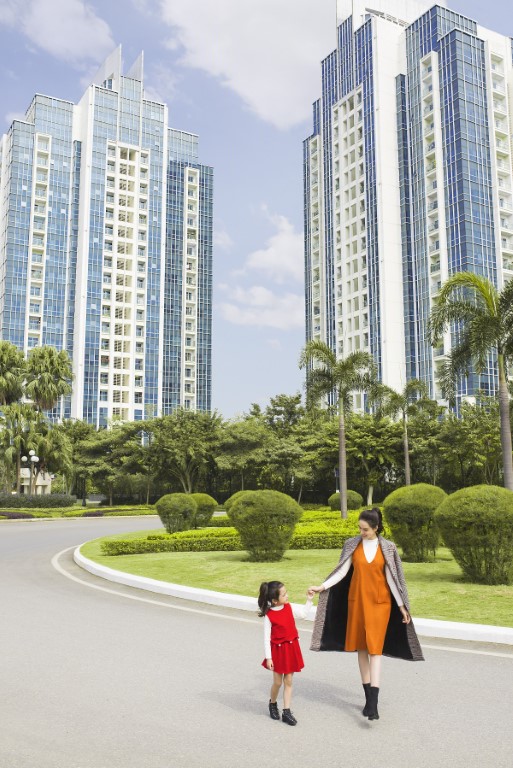
TheLINK is awarded the “Green Building”
At Ciputra Hanoi, the double trash is equipped in all public spaces. The classification of organic and inorganic waste has become the people’s consciousness. The consciousness of environment protection is instilled in all ages by all residents.
In addition, residents of Ciputra Hanoi are regularly involved in community activities for environment such as: World Environment Day, Recycling Festival, Planting Day, etc. Hence, it helps improve people’s consciousness in protecting the surrounding living space and maintaining green lifestyle – healthy life – useful life.
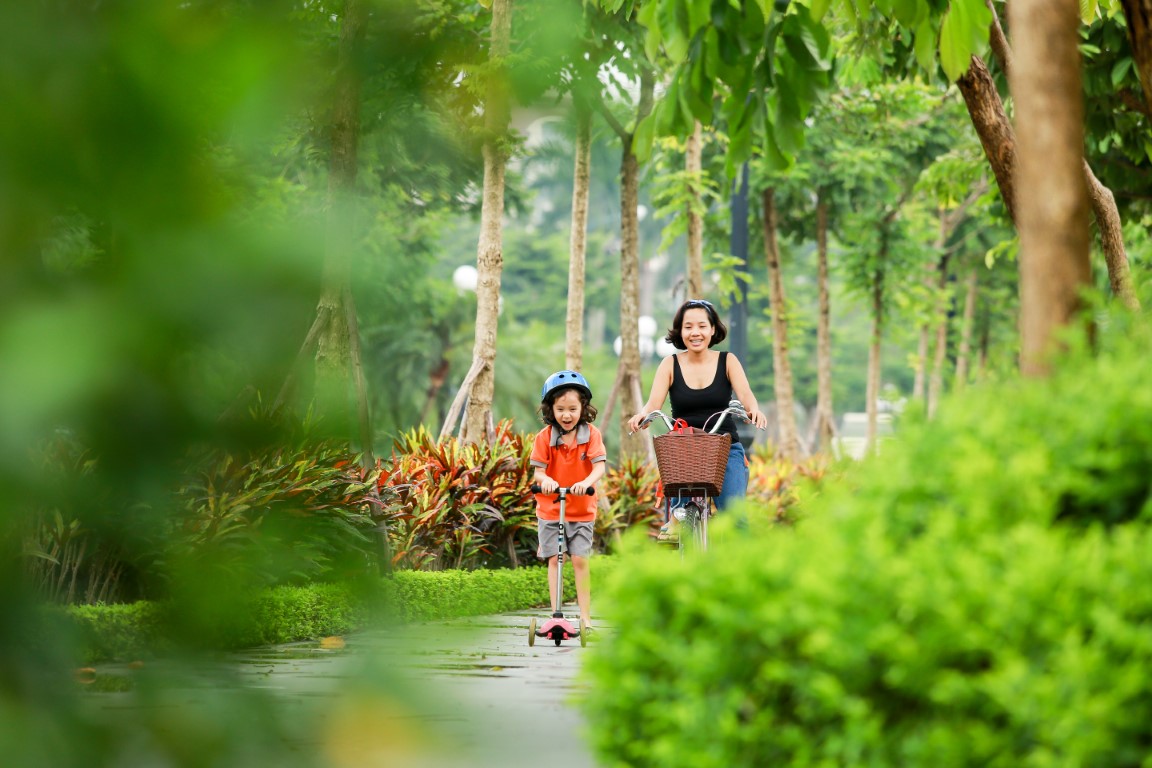
Green lifestyle – healthy life – useful life of Ciputra residents
Based on the world standard, Ciputra Hanoi is the pioneering project and is one of the first green urban areas in Hanoi which meets strict international standards and increasingly attracts the customers’ attention for satisfying the strict criteria of a real green urban area.






